Safari means journey in Kiswahili, the language of East Africa, and Kenya is the home of safari. Its varied ecosystems and landscapes mean that the biodiversity here is higher than any other country in Africa. It has been the natural home of celebrity safaris, big game hunters and royalty since the 18th century and remains the most spectacular safari destination with unparalleled wildlife viewing.
A complete safari includes at least three of the main ecosystems: the semiarid dramatic landscapes of the north, the tropical woodlands of the Rift Valley and the lush savannahs of the Masai Mara. We recommend booking three nights in each area in order to give your guests the best possible safari.
Kenya has a culture borne of countless sources. From the prehistoric records of early man to the present day, Kenya has been a land of unending change, contrasts, and diversity. The country has at least 40 different ethnic African groups (including the Kikuyu, Luhya, Kalenjin tribes, Luo, Kamba, Kisii, Meru and Embu, Mijikenda, Swahili, Turkana and Masai) who speak a variety of indigenous languages. Waves of migration over the centuries from the north and south of the continent have led to Kenya becoming one of the most diverse African countries culturally and linguistically.
Kenya has a well-established system of guide training and certification. It is important that a safari is guided by competent and experienced guides as it is through their eyes that guests will interpret the wilderness around them! Many of the properties, have in house guides, usually from the local area, that know their part of the wilderness and its inhabitants.
Kenya offers many superb private conservancies and unique boutique safari camps and lodges. Some areas suit low-key tented camps and others large open airy rooms with stunning views.
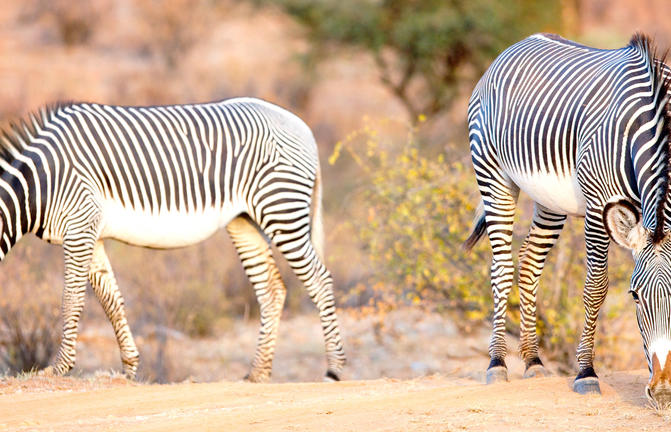
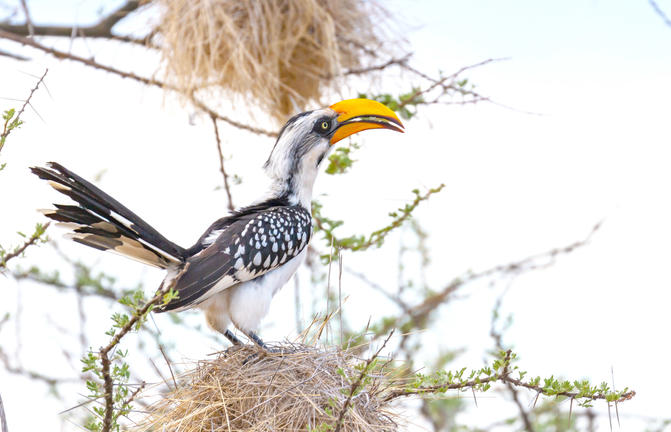
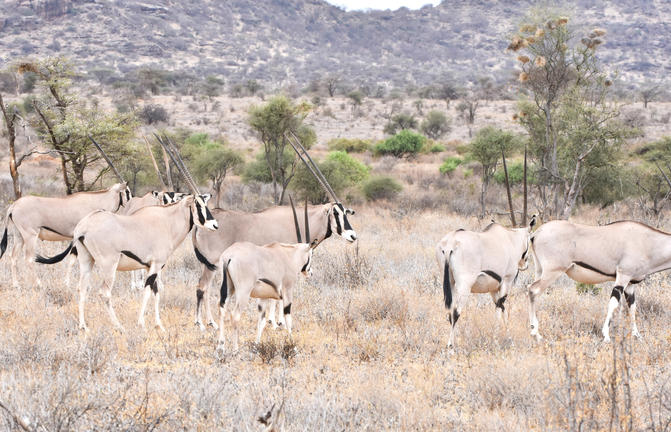
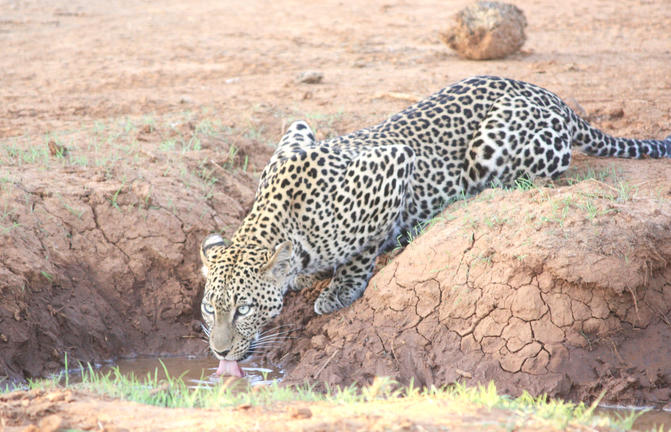
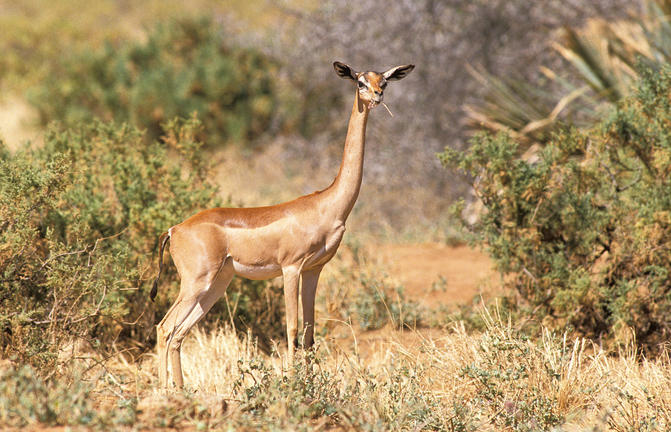
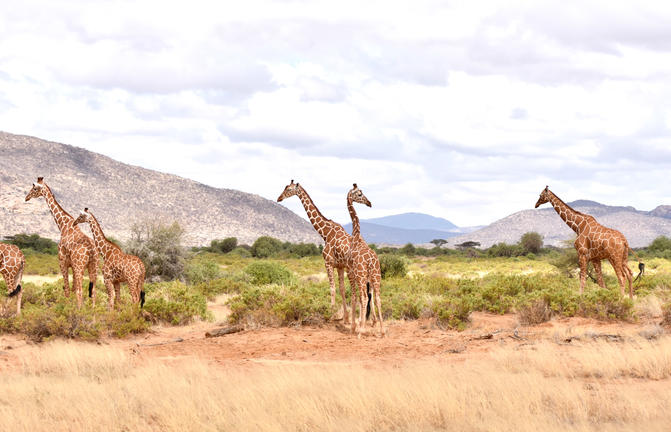
Kalama Community Wildlife Conservancy, an exclusive and collectively-owned 95,000 hectare-large wildlife Conservancy, borders the Samburu National Reserve in Northern Kenya. It also borders Ngutuk Ongiron Group Ranch to the west, Namunyak Community Conservation Trust to the north and Sera Community Wildlife Conservation to the north east. Kalama is part of Northern Rangelands Trust (NRT).
The Samburu ecosystem is a well-known area in central Kenya comprising of Buffalo Springs National Reserve, Samburu National Reserve and Kalama Conservancy. The natural environment is arid and semi-arid; open scrub and grasslands with significant environmental variation based on altitude. Highlands of the Leroghi Plateau (Ldonyo) are relatively cool and well-watered. Lowlands (Lpurkel) are quite dry and hot, semi-desert. The area is home to the ‘Samburu Special Five’: indigenous species only found in this area namely the Beisa oryx, the gerenuk, the Somali ostrich, the Grevy’s zebra and reticulated giraffe. Guests visiting this pristine conservancy can encounter the abundant wildlife away from the crowds and uninterrupted by other vehicles as only the lodges and camps situated in the conservancy have the right to game drive in this area.
Located in northern Kenya’s East Samburu District, the Sera Community Conservancy is one of fifteen conservancies operating under the Northern Rangelands Trust. The local Samburu communities formed the conservancy with the common aim of conservation, development and the sustainable use of natural resources.
This protected area, which stretches over 30 000 hectares, is the first in East Africa to operate and own a black rhino sanctuary. The conservancy covers an impressive expanse of wilderness featuring extraordinarily scenic landscapes including: the natural springs at Kisima Hamsini as well as the mountains of Longtopi, Ol Kanjau, Ol Doinyo and Warges, which serve as the perfect backdrop to view an iconic Kenyan sunset. Commonly spotted wildlife species include: grevy’s zebra, black rhino, elephant, wild dog, lion, gerenuk, oryx, buffalo, and reticulated giraffe.
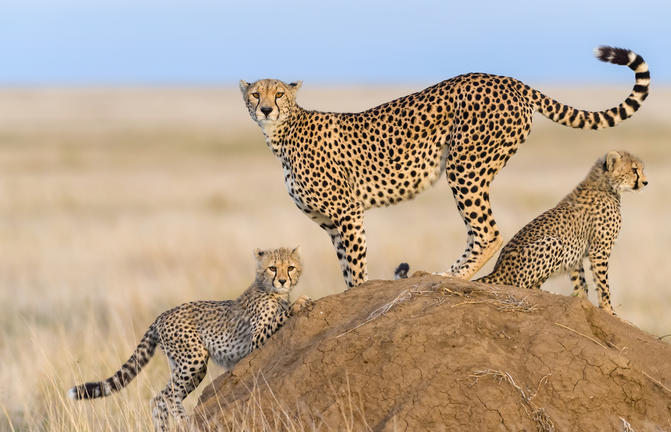
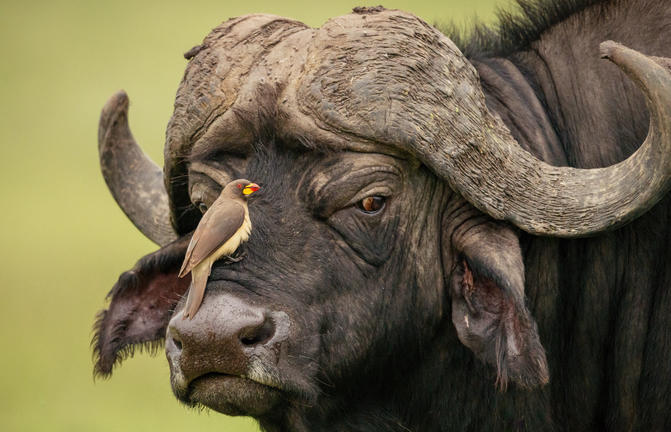

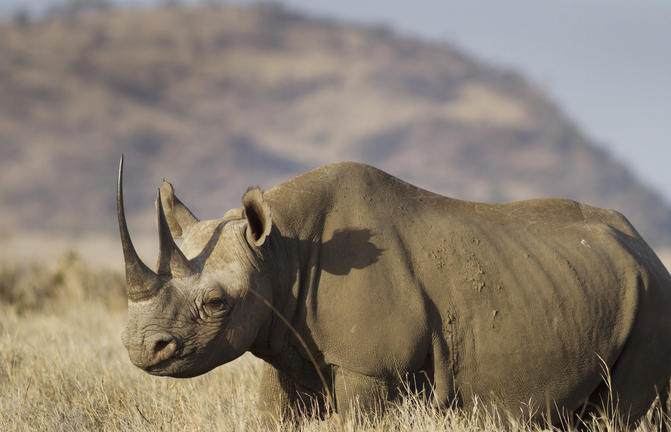
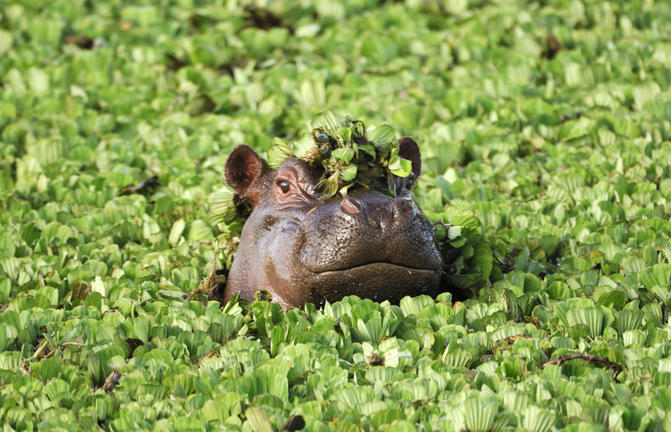
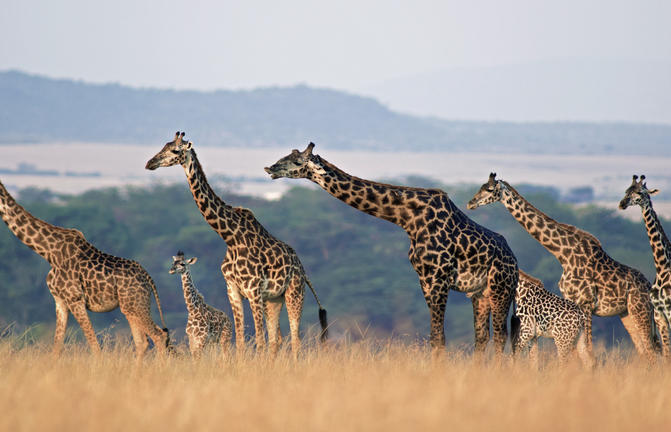
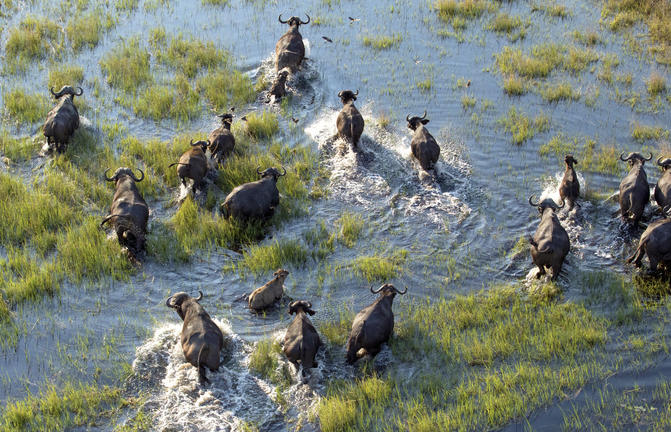
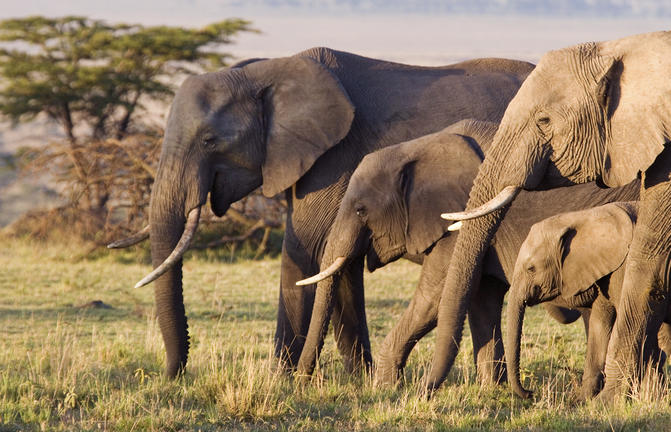
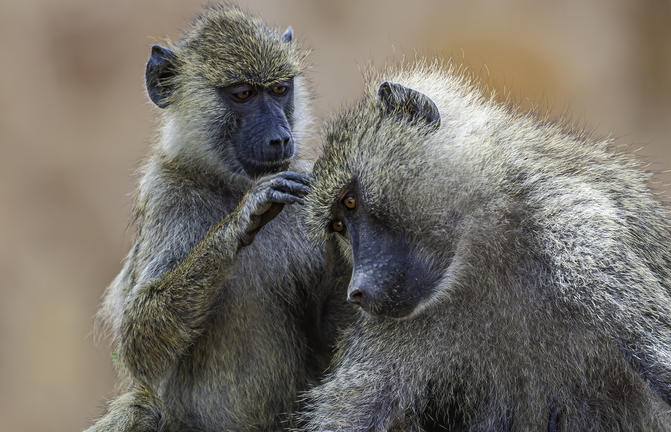
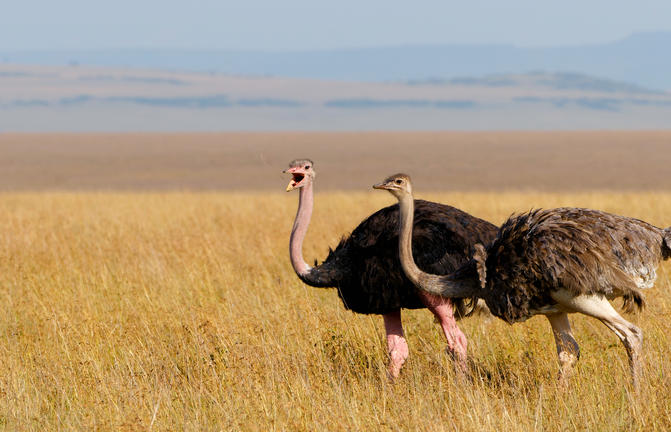
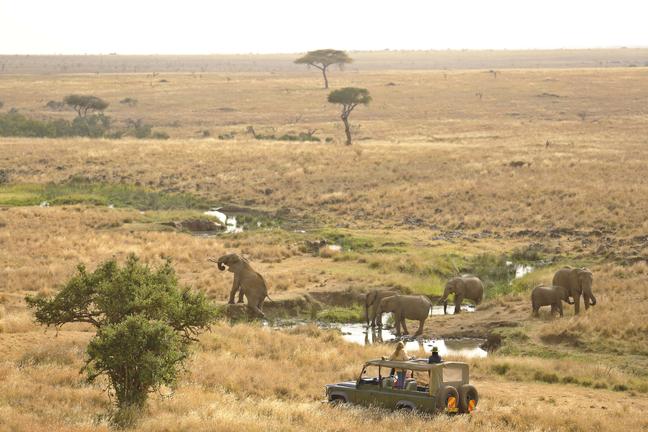


Supporting the second highest density of wildlife in Kenya, the vast 9,500 square kilometres Laikipia plateau stretches from the slopes of Mount Kenya in the south east to the edge of the Great Rift Valley in the west.
The Lewa Wildlife Conservancy lies at the heart of Laikipia. The Conservancy is an international model for the conservation of wildlife through modern and sustainable methods, that include the traditions of the people living in the area. For the peoples living on the boundaries of the conservancy, Lewa has offered improved livelihoods through the provision of education, micro-credit programmes, community-managed water projects and access to health services.
Situated in southwest Kenya, the Mara North Conservancy is a beautiful private wilderness area spanning more than 30 000 hectares. It is home to a spectacular array of plants, reptiles, birds and mammals; including elephant, rhino, buffalo, lion, leopard, cheetah and large concentrations of wildebeest, zebra, gazelle and other migratory wildlife.
Leopard Gorge, in the heart of the conservancy, is famous as the setting of countless BBC Big Cat Diaries and National Geographic documentaries. Neighbouring the well-known Maasai Mara National Reserve, this conservancy is vital for sustaining the famous Serengeti wildebeest migrations as well as the highly threatened African wild dog and black rhino.
Cheli & Peacock Safaris were fundamental in founding the 70,000 acre Mara North Conservancy (MNC), one of the largest community and private sector owned conservancies in the world. Regarded as one of Kenya’s most successful conservation models, MNC is an exclusive safari destination in a prime wildlife area, open only to the guests of the 12 member camps within it.











